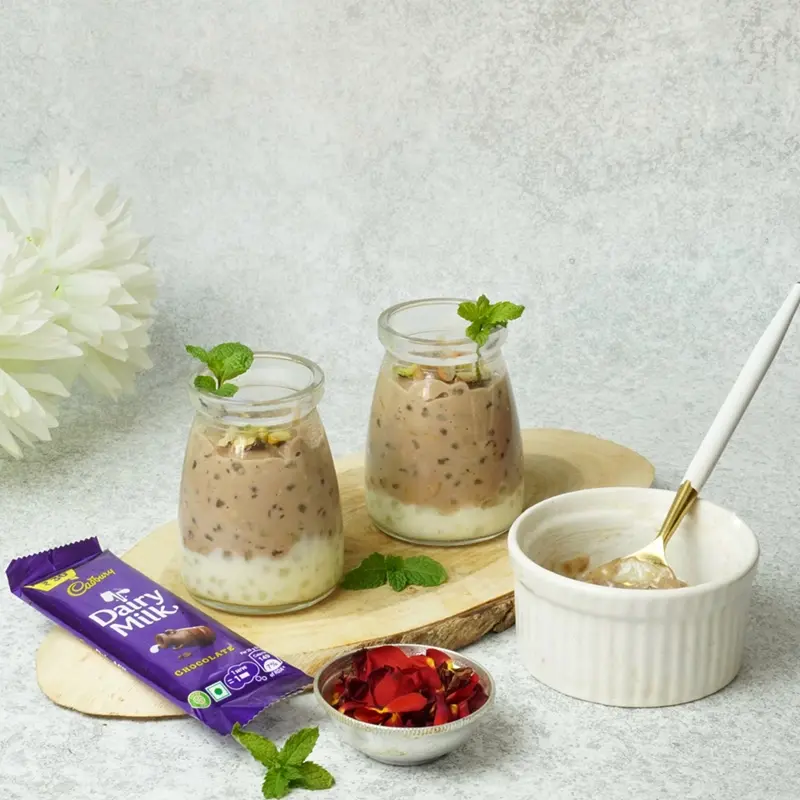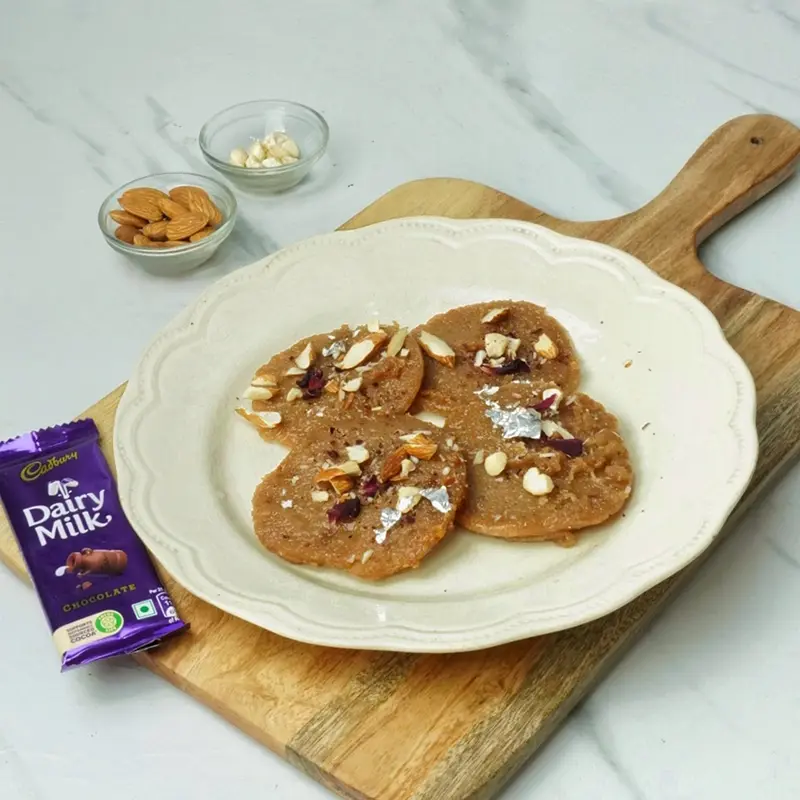- Home
- Articles
- Tracing the Tale of the Posh Parisian Macaron Back to its Not-So-Humble Ancestral Origins
Macarons are one of those little confections that graces posh and polished bakeries typically selling French baked goodies. While some of us might have hiccuped and taken our leave after looking at its price, you would find it fitting given its roots and how meticulous the preparation method is.

Macarons are one of those little confections that graces posh and polished bakeries typically selling French baked goodies. While some of us might have hiccuped and taken our leave after looking at its price, you would find it fitting given its roots and how meticulous the preparation method is.
Macaron is the daughter of the Parisian elites who have long been admirers of gourmet cuisine. Her ancestors are Italian nobility who married into French royalty, such is her rich heritage (and yes, she’s a her). Macaron might be a French sandwich cookie, but the original Italian macaroon (different from the coconut one we know today) is what led to the rise of the modern day macarons with its distinct look and delectable taste.
What Makes Macarons So Good?

Despite their simple appearance, macarons are anything but simple to make. The delicate nature of macarons requires precision that makes them the ultimate gourmet treat. Perfecting the technique is quite challenging and some pastry chefs go to culinary schools for this. Besides this, there are other reasons for their appeal:
- Texture:Macarons have a unique texture courtesy of the almond meringue that's hard to replicate and actually make. The thin crunchy shell gives way to a soft, delicate interior that has an almost marshmallow-like quality.
- Flavor:Macarons taste predominantly of almonds because of the almond flour. This is complemented by subtle flavors from fillings like ganache, buttercream, or fruit preserves sandwiched inside. Two different flavor pairing in one macaron is also quite common!
- Aesthetics:Macarons are as pleasing to look at as they are to eat, so it’s no wonder that some of us might feel like a kid in a candy shop when we see them! The smooth dome shape and glossy shells come in a rainbow of vibrant colors.
- Versatility:Macarons lend themselves to endless flavor combinations, from salted caramel to rose, to even matcha green tea. Seasonal or regional varieties keep things interesting.
- Their Size:As small sandwich cookies, it's hard to resist eating more than one! Macarons satisfy a sweet tooth without overindulging.
- Aroma:Once you bite into a macaron and get over the initial surprise of the subtle brittleness of the crust, the scent of the filling is irresistible and very appetizing, whether you have it in a bakery or a freshly baked one at home.
Now that you have a clear picture of what macarons are, let’s step back in time to trace its journey to what the macaron is today, shall we?
The History

Some sources trace them back to 8th-century Venetian monasteries. When Catherine de' Medici married the King of France in 1533, she brought Italian pastry chefs who are said to have introduced the early version of macarons.
In the late 18th century, a convent near Cormery, France was credited with developing the macaron recipe. As the French Revolution erupted, two nuns sought refuge in Nancy, and began baking and selling plain macaron cookies to pay for housing. They became known as the "Macaron Sisters," helping to spread early popularity.
At that time, macarons were simple cookies without fillings or flavors, focused more on texture than the elaborate sandwich versions popularized in later eras with innovations like ganache centers. The nuns' plain biscuits helped est ablish macarons before the modern filled style evolved.
It was not until the 1930’s that the modern macarons were artfully crafted resulting in the iconic sandwich that is so loved today, prior to that they were served single. This new style of paired macaron filled with buttercream, jam or gan ache was originally referred to as the "Gerbet" or "Paris macaron." Two French pastry chefs, Pierre Desfontaines of Ladurée and Claude Gerbet, have both staked a claim to inventing this format. While Desfontaines is often credited, Gerbet also asserted that he was the original creator of the filled sandwich macaron.
This almond meringue filled double-stacked macaron had emerged as a signature French patisserie item that is still popular around the world today.
The Two Methods of Making Macarons

There are two methods that are still employed to make macarons: the French is the standard, but the Italians also have their way. Each method of making macarons differs in how the meringue is prepared.
Using the French method, egg whites are whisked until stiff peaks form, creating a fluffy meringue. Sifted almond flour and powdered sugar are then slowly folded into the meringue through a process called “macaronage”. This gentle mixing incorporates the dry ingredients without deflating the meringue. The finished mixture is piped onto baking sheets and baked.
In the Italian method, egg whites are whisked, while a sugar syrup is heated to 112°C to get to the soft ball stage. The hot syrup is poured into the whisking whites, producing a sweet and stable meringue. Separately, sifted almond flour, icing sugar and raw egg whites are mixed to create an almond paste. The almond paste and meringue are folded together. Like the French method, this mixture is then piped and baked.
The key difference is that the Italian meringue incorporates a hot sugar syrup, resulting in a sweeter and more stable structure due to the sugar. It requires a candy thermometer. Meanwhile, the French meringue relies solely on technique, producing a lighter and less sweet macaron shell. Both, however, yield the distinctive sandwich cookie upon baking.
Like This Article?
More Like This




Popular Articles





Trending Web Stories
Curated Recipes


















